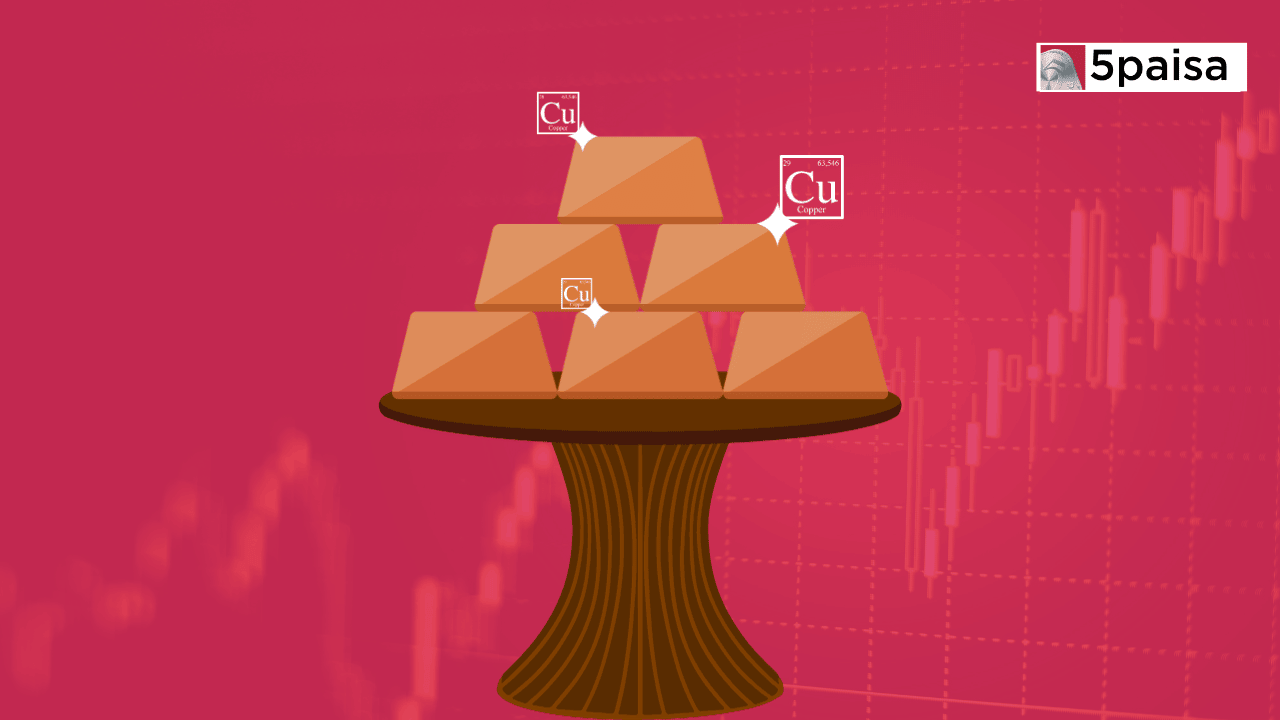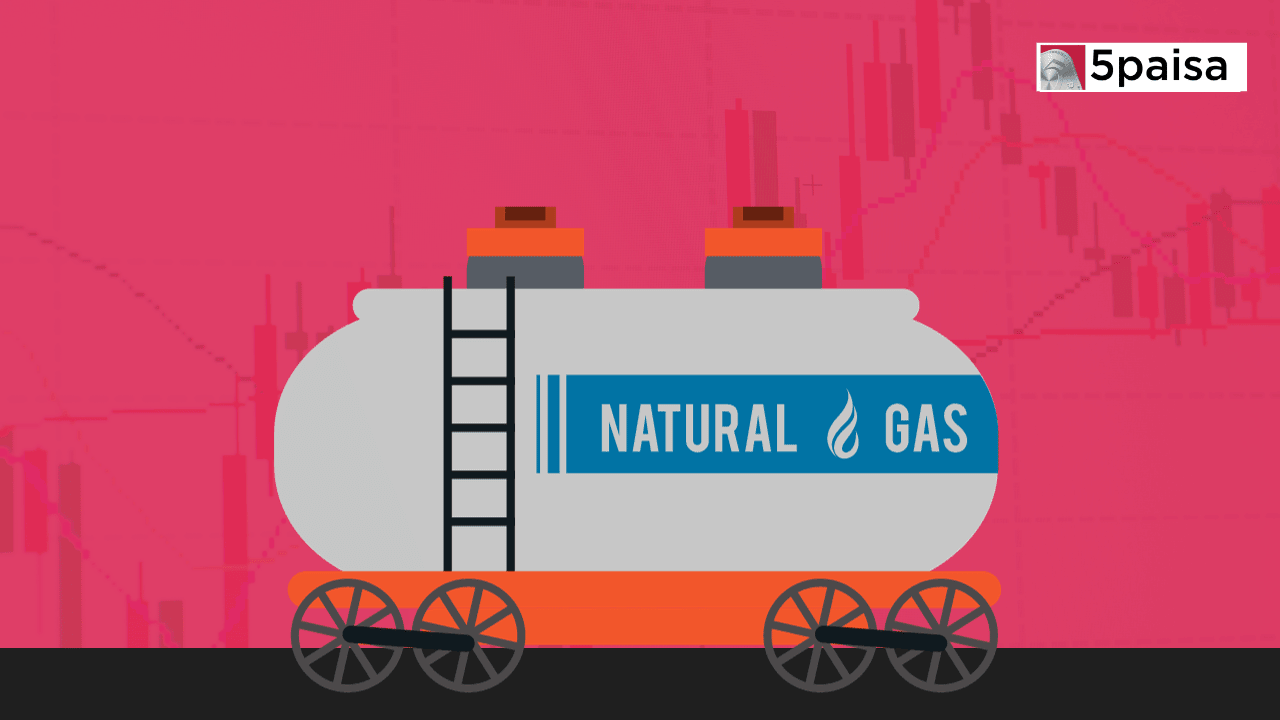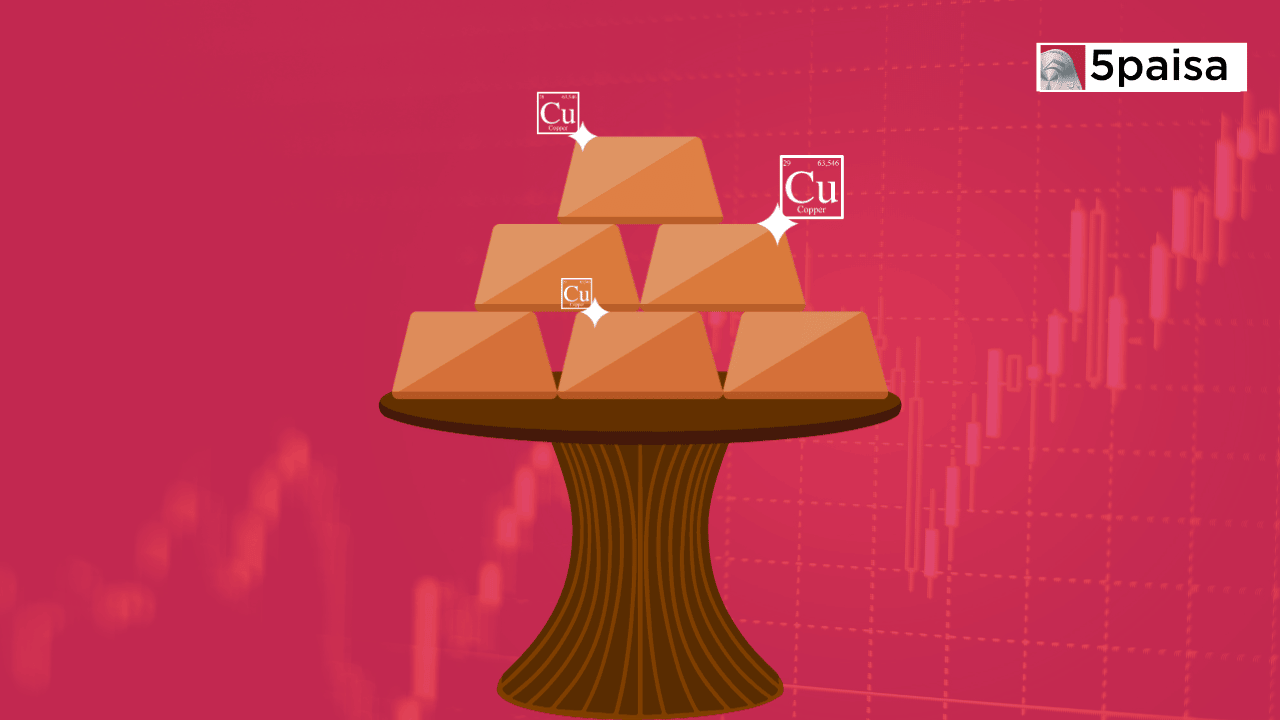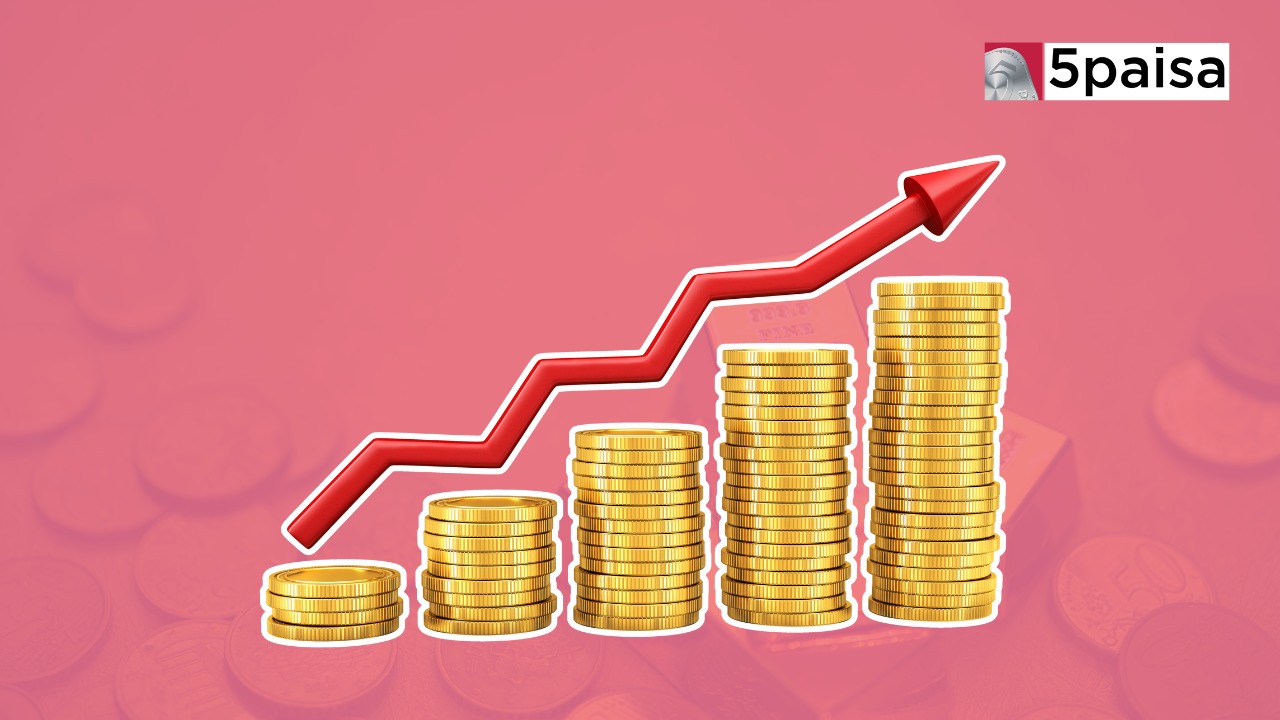>cottoncndy
Open Free Demat Account with 5paisa
https://www.5paisa.com/open-demat-account?utm_campaign=social_sharing
https://sandbox.5paisa.com/commodity-trading/mcx-cottoncndy-price
0
Cottoncndy Price
₹52500.00
-160 (-0.3%)
As on 09 March, 2025 | 08:03
iThe current values are delayed, open demat account for live values.
COTTONCNDY Spot Price
Performance
Day Range
- Low 52500
- High 52840
|
Open Price |
52840 |
|
Previous Close |
52660 |
Cottoncndy FAQs
What is the price of COTTONCNDY Today?
The Price of COTTONCNDY in MCX is 52500.00.
How to Trade in COTTONCNDY?
Open Demat Account with 5Paisa to trade in COTTONCNDY.




.png)


.jpg)